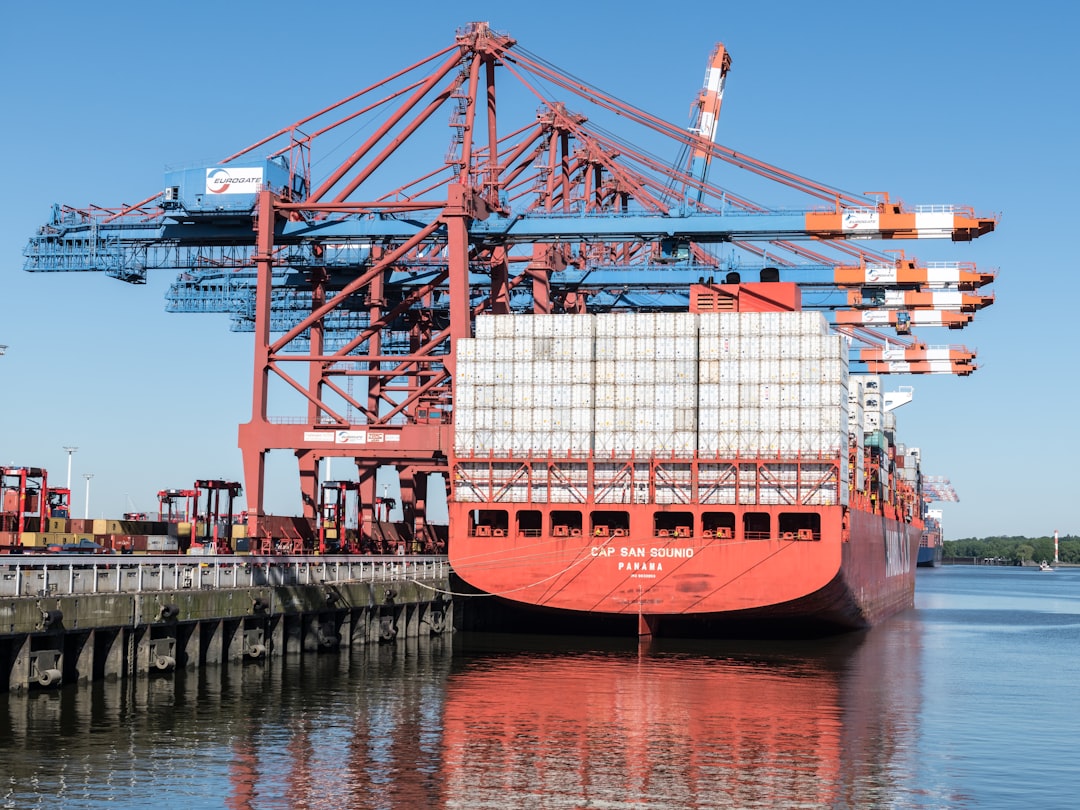Shipping goods internationally can seem daunting, but with careful planning and the right knowledge, it can be a smooth and efficient process. This comprehensive guide will walk you through each step, ensuring your overseas shipment arrives safely and on time.
1. Choosing the Right Shipping Method: A Balancing Act of Speed and Cost
The first crucial decision is selecting the appropriate shipping method. Your choice will depend on several factors, including the size and weight of your shipment, the urgency of delivery, and your budget. Several options exist:
- Air Freight: The fastest but most expensive option, ideal for time-sensitive goods or smaller, high-value items. Consider this for perishable goods or items with short shelf lives.
- Sea Freight: The most cost-effective method for larger shipments, but significantly slower. Suitable for non-perishable goods where speed is less critical.
- Courier Services (Express): A good middle ground, offering faster delivery than sea freight but at a lower cost than air freight. Best for smaller packages and documents.
- Rail Freight: A growing option, particularly for shipments between countries with well-established rail networks. Offers a balance between speed and cost.
Carefully weigh the pros and cons of each method based on your specific needs. Obtain quotes from multiple carriers to compare pricing and transit times.
2. Mastering the Art of Packaging for International Shipments
Proper packaging is paramount to prevent damage during transit. Overseas shipments face harsher conditions than domestic ones, so robust packaging is essential. Consider these key aspects:
- Materials: Use sturdy boxes made of corrugated cardboard, ensuring they are appropriately sized for your goods. Use ample cushioning material (bubble wrap, packing peanuts, foam) to prevent shifting and impact damage.
- Protection: Wrap individual items carefully, especially fragile ones. Consider using specialized packaging for electronics or other delicate items.
- Labeling: Clearly label the boxes with the recipient’s address, your address, and any special handling instructions. Use waterproof markers.
- Weight & Size: Accurately weigh and measure your packages. This information is crucial for calculating shipping costs and complying with carrier regulations.
Invest in high-quality packaging materials; it’s a small price to pay to ensure your goods arrive intact.
3. Navigating the Labyrinth of Shipping Documentation: A Crucial Step
Accurate and complete documentation is vital for a smooth overseas shipment. Missing or incorrect documents can lead to delays, fines, or even the seizure of your goods. Essential documents typically include:
- Commercial Invoice: A detailed description of the goods being shipped, including quantity, weight, value, and terms of sale.
- Packing List: A comprehensive list of the contents of each package, including item descriptions and quantities.
- Bill of Lading (B/L): A contract between the shipper and the carrier, acting as proof of ownership and receipt of goods.
- Certificate of Origin: Verifies the country of origin of the goods. Required by many countries for customs clearance.
- Import/Export Licenses (if applicable): Certain goods require specific permits or licenses for import or export.
Consult with your freight forwarder or customs broker to ensure you have all the necessary documentation and that it’s correctly completed. Inaccuracies can cause significant delays.
4. Understanding Customs Regulations and Clearance Procedures
Customs regulations vary widely between countries. Understanding the specific requirements of your destination country is crucial to avoid delays and penalties. Key aspects to consider include:
- Tariff Codes: Each product has a unique tariff code that determines the applicable import duties and taxes.
- Import Restrictions: Certain goods may be prohibited or restricted from import, requiring special permits or licenses.
- Customs Duties and Taxes: You’ll likely need to pay import duties, taxes, and potentially other fees upon arrival in the destination country.
- Customs Broker: Consider using a customs broker to navigate the complexities of customs clearance. They can handle the paperwork, pay duties, and ensure a smooth process.
Thorough research and professional assistance can significantly simplify the customs clearance process and prevent potential problems.
5. Securing Your Shipment with Cargo Insurance: Protecting Your Investment
Cargo insurance protects your shipment against loss or damage during transit. While it adds to the overall cost, it’s a worthwhile investment to safeguard your goods and mitigate potential financial losses. Consider these aspects:
- Types of Coverage: Different types of cargo insurance offer varying levels of protection, from basic coverage for loss or damage to more comprehensive options covering a wider range of risks.
- Declared Value: Accurately declare the value of your goods to ensure adequate coverage.
- Insurance Provider: Choose a reputable insurance provider with experience in international cargo insurance.
Don’t underestimate the importance of cargo insurance; it can provide peace of mind and protect you from significant financial losses in case of unforeseen events.
Planning an overseas shipment involves meticulous attention to detail. By following these steps and seeking professional guidance where necessary, you can ensure a smooth and efficient process, allowing you to focus on your business goals.
Tags: overseas shipping, international shipping, shipment planning, export process, import process




